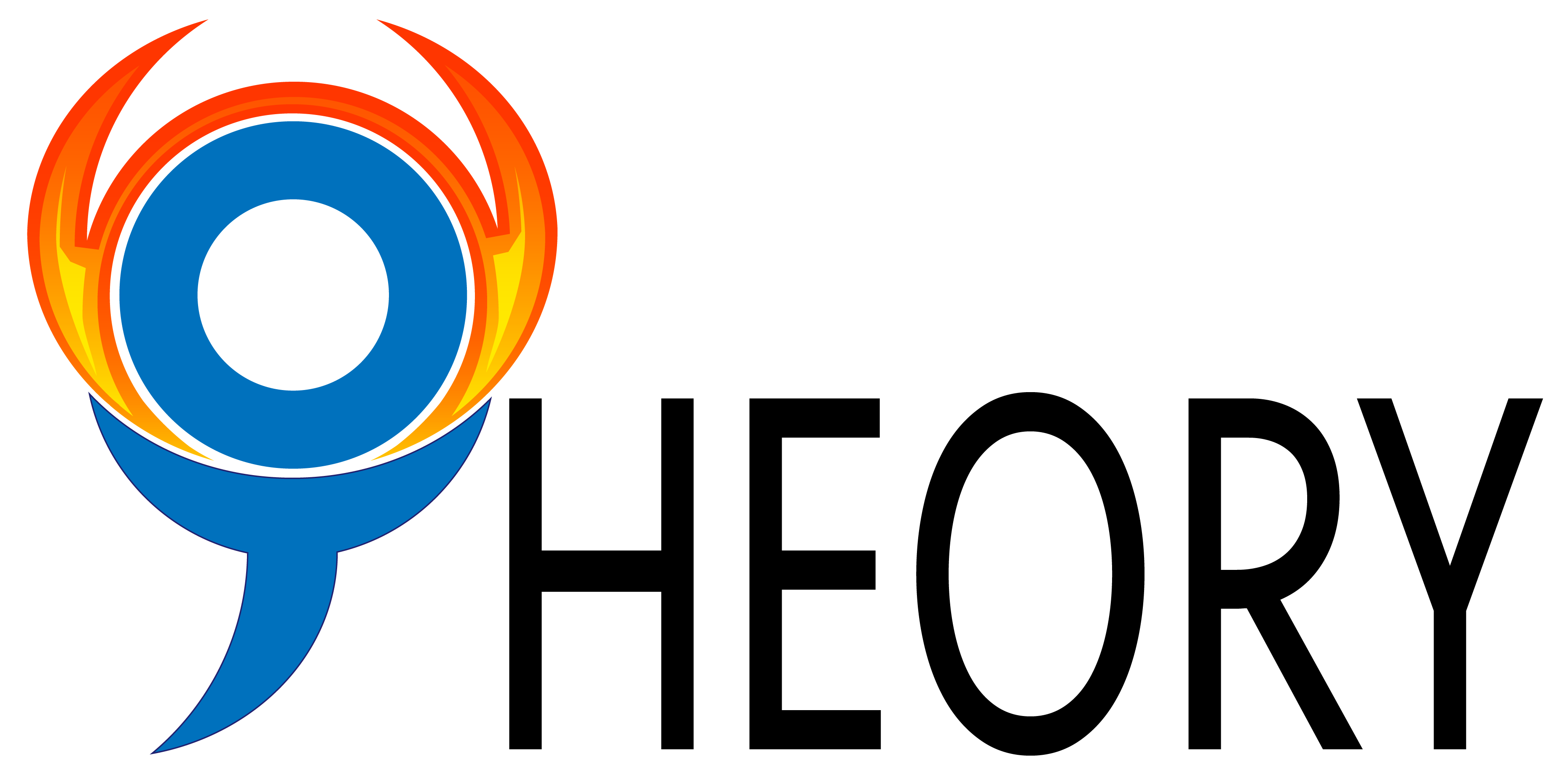Cognitive Strategy Use Framework
This framework describes different aspects of cognitive strategy use to support practitioners’ clinical reasoning about clients’ reasoning and successful strategy use. It divides strategy use into four aspects, relevant to the task, each rated by therapists’ observation. The first aspect, prerequisites for effective cognitive strategy use, relevant prior to a task, includes the person’s strategy knowledge, strategy repertoire, strategy beliefs, anticipation and recognition of needs, and strategy generation and selection.
